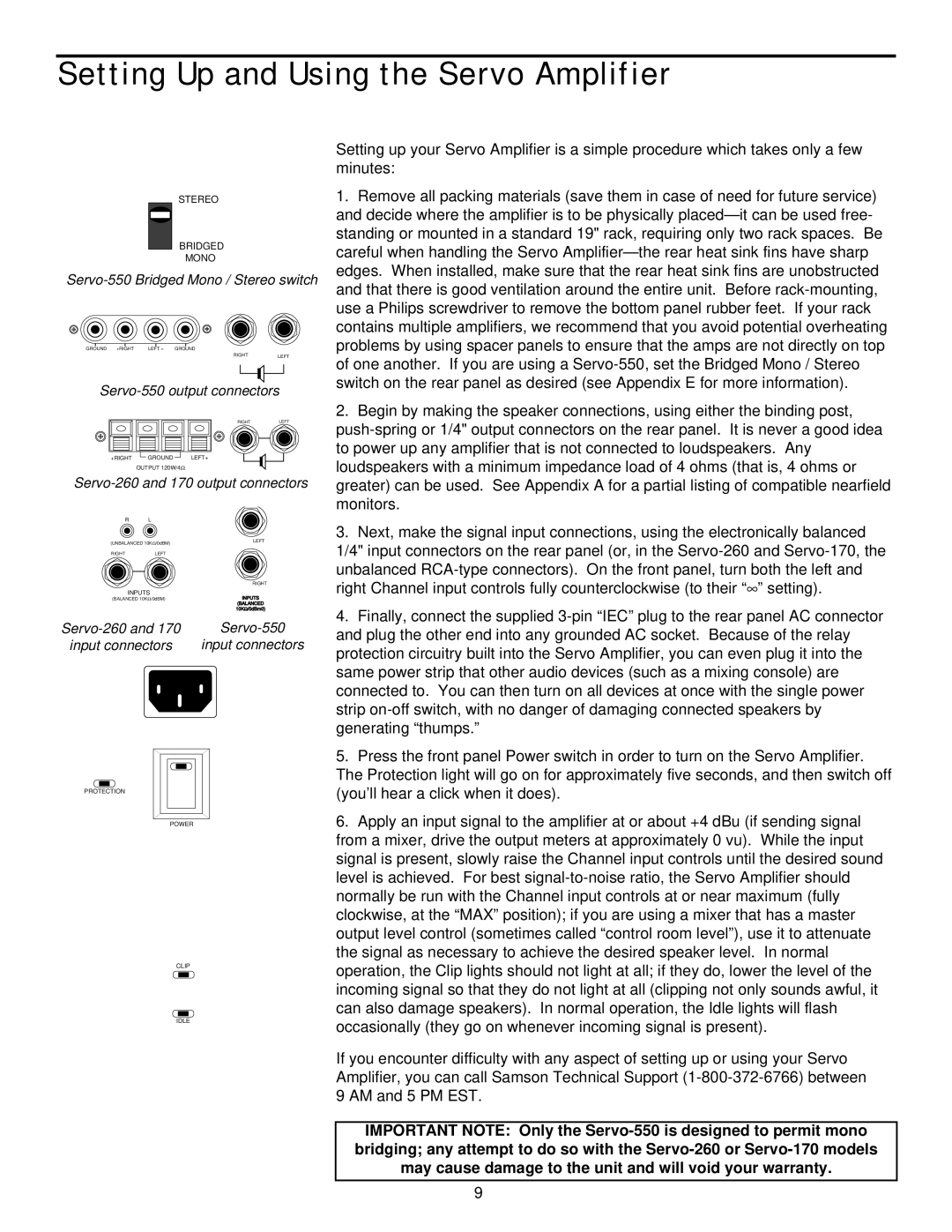170 specifications
The Samson 170 is a versatile and robust piece of equipment designed to meet the needs of various industries, including construction, agriculture, and transportation. This innovative machine is engineered for efficiency, durability, and ease of use, making it a popular choice among professionals.One of the standout features of the Samson 170 is its powerful engine. This machine is equipped with a high-performance diesel engine that provides ample horsepower for demanding tasks. The engine is designed for fuel efficiency, ensuring that operators can maximize productivity without incurring excessive fuel costs. The advanced engine technology also helps to minimize emissions, aligning with modern environmental standards.
The Samson 170 boasts an impressive load capacity, making it suitable for heavy-duty applications. Its strong chassis and reinforced structure ensure stability while handling loads in various terrains. The machine is designed to distribute weight evenly, reducing the risk of tipping and enhancing safety during operation.
In terms of technology, the Samson 170 incorporates a state-of-the-art hydraulic system. This system allows for smooth operation of attachments, increasing the machine’s versatility. Operators can easily switch between various implements such as forks, buckets, and grapples, adapting the machine for different tasks with minimal downtime.
The user interface on the Samson 170 is designed with operator comfort in mind. It features an ergonomic cabin with adjustable seating, intuitive controls, and excellent visibility. This design reduces operator fatigue and enhances productivity, allowing for longer working hours without discomfort.
Safety is a top priority in the design of the Samson 170. The machine is equipped with advanced safety features, including an automatic shutdown system, emergency brakes, and robust guarding to protect operators from potential hazards. Additionally, the machine adheres to strict safety regulations, giving users peace of mind during operation.
The Samson 170 also embraces modern connectivity options, enabling real-time monitoring and diagnostics. This feature allows operators to track performance metrics and receive alerts for maintenance needs, ensuring the machine is always in optimal condition.
Overall, the Samson 170 stands out for its combination of power, versatility, and advanced technology. Whether for lifting heavy loads or performing intricate tasks, this machine is engineered to handle it all efficiently, making it a valuable asset in any operation.

